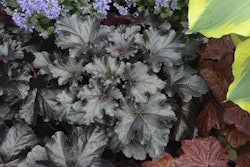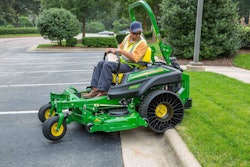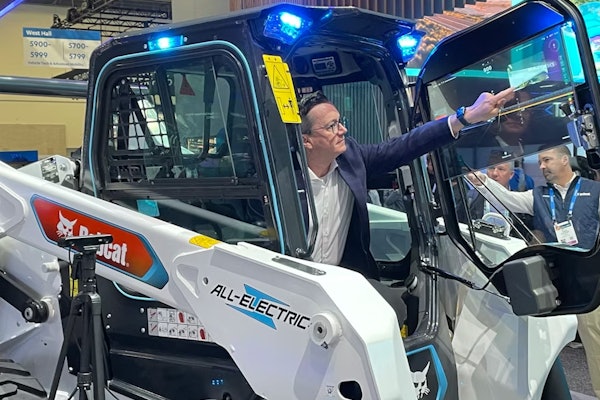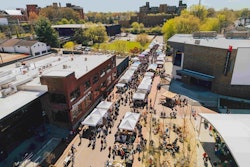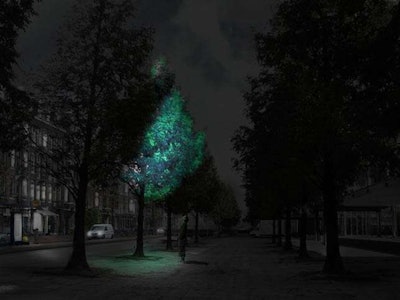 A rendering of what Roosegaarde hopes bioluminescent trees will look like in an urban setting.
A rendering of what Roosegaarde hopes bioluminescent trees will look like in an urban setting.Photo: Studio Roosegaarde
Dutch designer Daan Roosegaarde and his studio are collaborating with scientist Alex Krichevsky and his company, Bioglow, to create bioluminescent trees.
Roosegaarde has been fascinated with biomimicry for a while, focusing particularly on how creatures like jellyfish and fireflies generate their own light.
“When a jellyfish is deep, deep underwater, it creates its own light,” Roosegaarde told
Dezeen.com. “It does not have a battery or a solar panel or an energy bill. It does it completely autonomously. What can we learn from that?”
Krichevsky’s company, Bioglow, has already succeeded in creating a genetically modified plant that glows in the dark, but it is continuing to work on strengthening the light output of its autoluminescent plants.
Bioglow’s Starlight Avatar cultivar is approved by USDA and is a variation on the species Nicotiana alata. It is currently suggested as a house plant because the light emission process is taxing metabolically and the plant is not adapted for the outdoors.
Krichevsky creates his glow-in-the-dark plants by taking the DNA of a luminescent marine bacteria and adding it to the chloroplast genome of the houseplant.
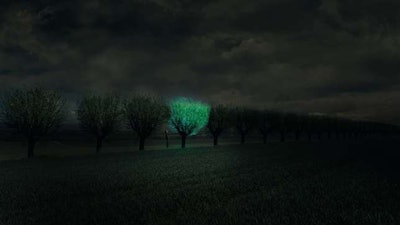 Bioglow has only been able to create a dim glow in its houseplant, but hopes to increase the intensity of glow over time.
Bioglow has only been able to create a dim glow in its houseplant, but hopes to increase the intensity of glow over time.Photo: Studio Roosegaarde
Working off of this success, Krichevsky and Roosegaarde are now focused on making a tree that glows brightly enough to replace street lighting entirely.
“I mean, come on, it will be incredibly fascinating to have these energy-neutral, but at the same time incredibly poetic, landscapes,” Roosegaarde said.
Roosegaarde is also working on an entirely different project titled Glowing Nature that looks for non-genetic ways to give trees light-emitting properties. Studio Roosegaarde intends to use bioluminescent mushrooms to develop a “biological paint” that can be applied to the trees.
